This is the first post in the Malaysia and Singapore! series.
You know how overwhelming it is.
You enter a brand new foreign country for the first time. You hardly speak the language; you're unsure about the culture; and your smartphone doesn't work because you don't want to roam (OK, I've buckled since the early days and now usually get a local SIM card, but still!)
You really, really want to get a taste of the best local food possible, yet the prospect of researching it all, finding where each restaurant is, and then ordering the right thing (in the right language!) is daunting. This gets exacerbated when the best food exists in hawker stalls, where you can't make a reservation online; signs may or may not be in English; and finding them all involves detailed hunts across every nook of the city.
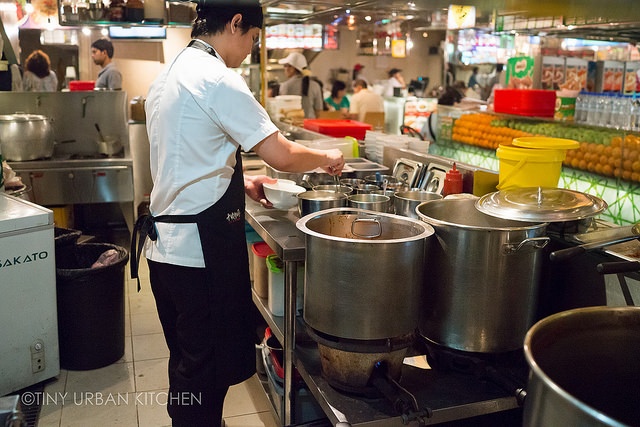
Thankfully, billionaire Dr. Francis Yeow had a similar problem and created a solution.
Francis grew up in Malaysia and had fond memories of his father taking the family all around town, sampling the best street food in Kuala Lumpur. There was the jet black hokkien mee from Kim Lian Kee on Petaling Street in Chinatown. Or the springy fishball noodle soup from the Chua Brothers in Bukit Bintang. These signature dishes had been passed down for generations, using recipes brought over by Chinese immigrants in the early 1900's.
Yet the stalls were scattered all throughout the city. Furthermore, Francis feared for the long term viability of these outdoor stalls. The younger generation preferred to stay cool and hang out inside modern, air conditioned malls. The next generation of these stall owners often were educated, and thus would be less likely to take over the "family business" operating a hot stall outside.
He pondered how to preserve these "heritage stalls" so that the next generation could appreciate their unique dishes.
When Francis purchased Lot 10, a shopping complex in Kuala Lumpur, he convinced the owners of the most famous hawker stalls in the city to open a location inside his mall. Many of these hawker stalls are close to a century old and have been making their signature dishes the same way for generations. By convincing the hawker stalls to have a relative (often a son or daughter) open a second location in Lot 10, Francis's dream of preserving age-old cooking methods and dishes down through the generations started to take shape.
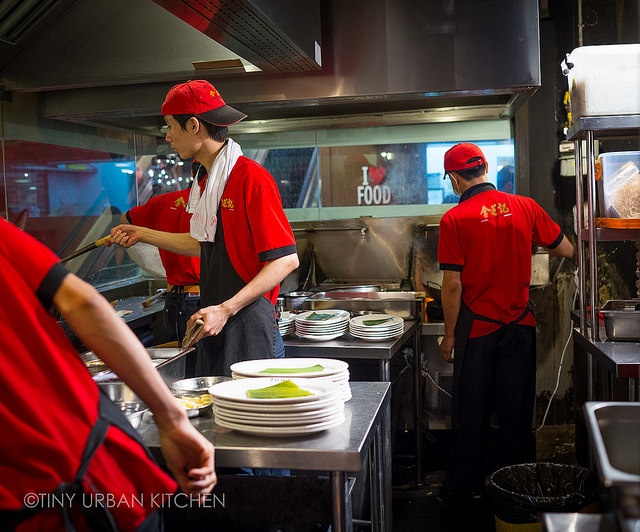
The new concept has since taken off like wildfire. Diners love the convenience and accessibility of basement level food court. Tourists are thrilled to be able to sample so many famous vendors in one trip. The concept became so hot that in August 2013, a new Lot 10 Hutong opened up in Guangzhou, China.
Sure, the prices are not as low as they would be in a real hawker stall, but frankly it's still very, very reasonable. Noodle dishes were still only $3-$4 USD, which I found perfectly reasonable.
I was dying to try this place as soon as I found out about it and dragged Bryan there for dinner after one of his conference days.
1. Kim Lian Kee

The original Kim Lian Kee sits in the heart of Chinatown and is best known for it smoky, jet-black Hokkien Mee. Kuala Lumpur (locals refer to it simply as "KL") has its own style of Hokkien Mee that is different from the identically named dish from Penang and Singapore.
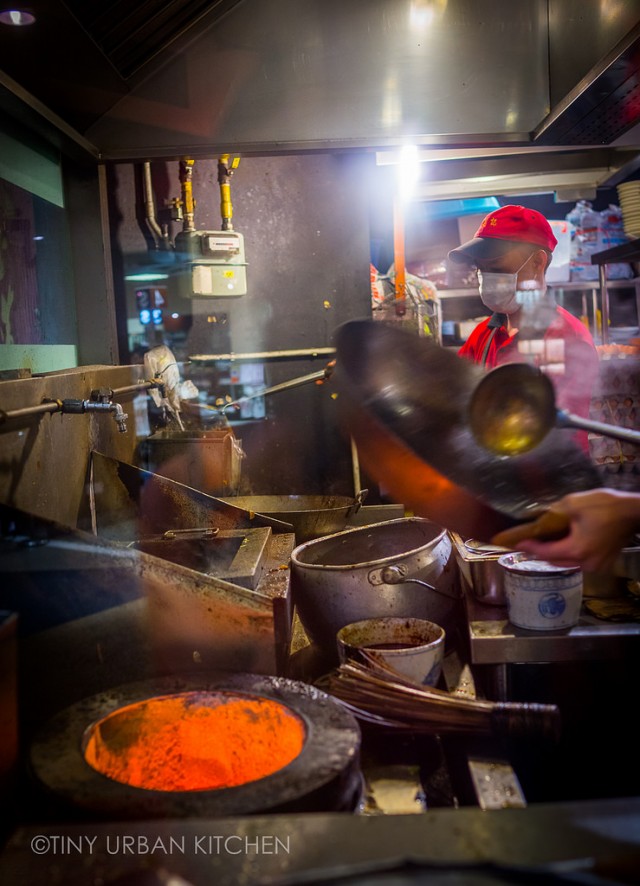
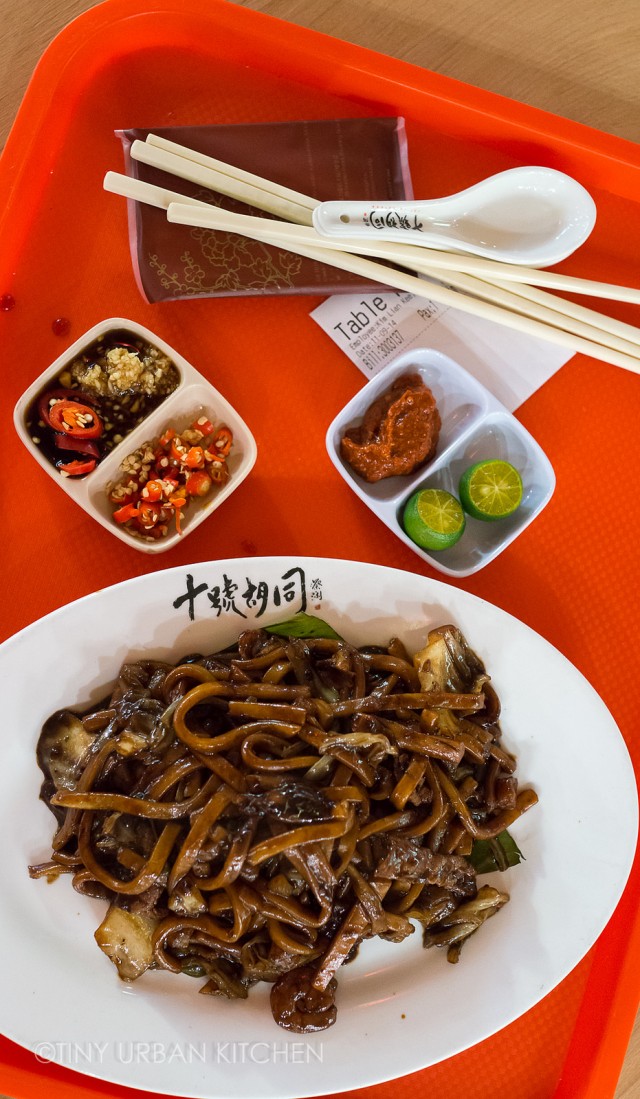
The KL version is dark and smoky, made from stir frying fat yellow noodles with dark soy sauce, cabbage, pork, and lard fritters over a hot, hot charcoal grill. The resultant noodles are rich, dark, smoky, and downright fantastic.
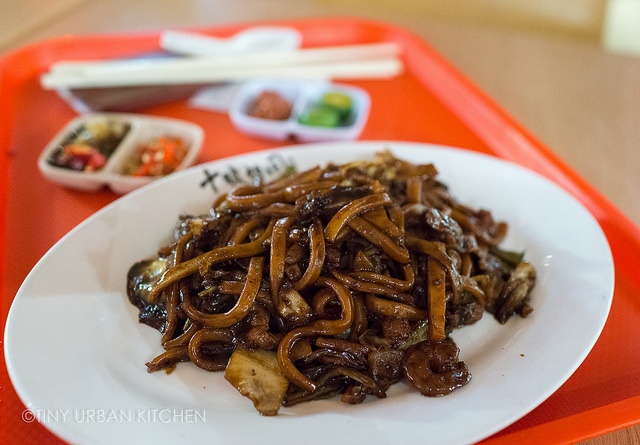
Kim Lian Kee, which is over a hundred years old, claims to be the inventor of this dark and smoky version of the dish. Most locals consider it one of the best. I didn't get a chance to try other versions, but I can attest that this version from the basement of Lot 10 Hutong was pretty darn amazing.
2. Campbell Mini Popiah
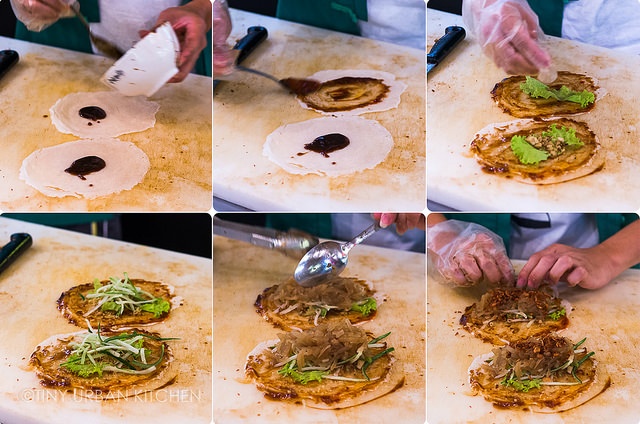
I knew I wanted to try a popiah here because I've been thinking about popiah (or lumpiah as we call it in Taiwanese) for over twenty years!
How is that?
The only food-related thing I remember from my first trip to Singapore back in high school was eating my first popiah from a street stall. I remember falling in love with the fresh springroll filled with fresh vegetables, crunchy peanuts, something savory, something sweet - all wrapped up in a soft and delicate wrapper.
It was the perfect balance of salty, sweet, crunchy, and spicy. I loved it.
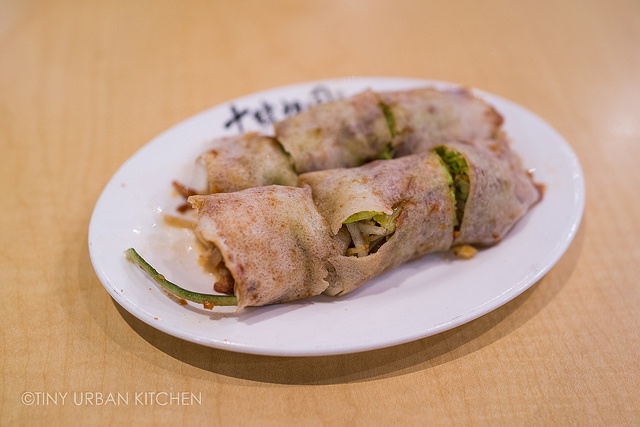
My wish finally came true when I saw the popiah stall.
"I want one of those" I immediately told Bryan when he asked me what I wanted. I almost didn't care what else we got (though I had read so much about the Hokkien Mee I knew that was also on the list).
This popiah was filled with stir fried turnips and jicama, fresh lettuce, bean sprouts, peanuts, hoisin sauce, and mysterious crunchy bits (maybe deep fried shallots?) that added a lovely umami and texture to the whole thing.
I enjoyed this popiah a lot, though for some reason, it wasn't as amazing as my memory of the popiah from Singapore. It's possible that our minds exaggerate certain memories over time.
Nevertheless, it was still very tasty and I didn't regret getting it at all.

The laborious process for making these fish balls from scratch takes about 14 hours, and they do it every day.
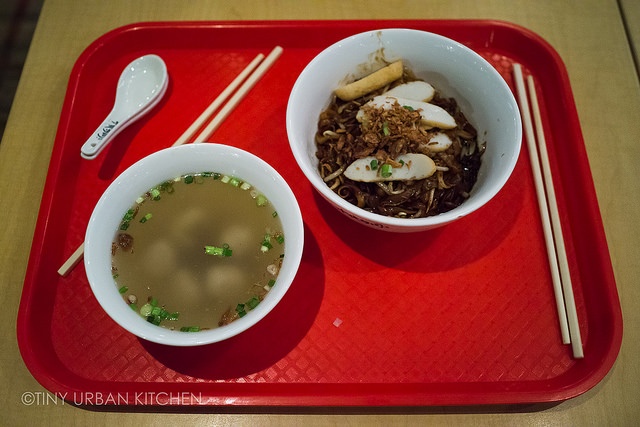
You can order fish ball noodle soup or a dry noodles tossed in a sauce. The dry version comes with a side bowl of soup filled with fish balls (yay!). The stir fried noodles also come topped with additional slices of fish cake.
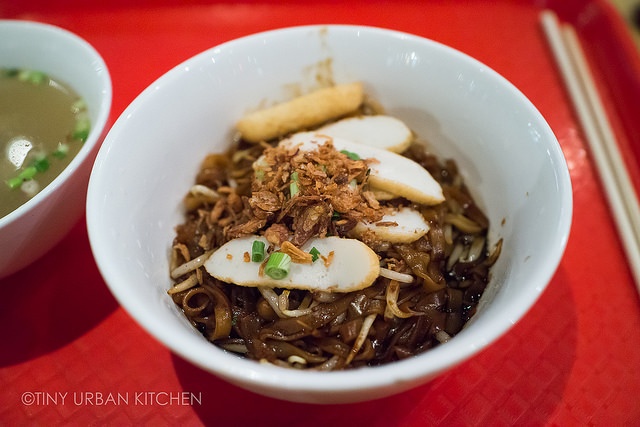
The fish balls were incredible. They had a great springy, "bouncy" texture and excellent flavor.
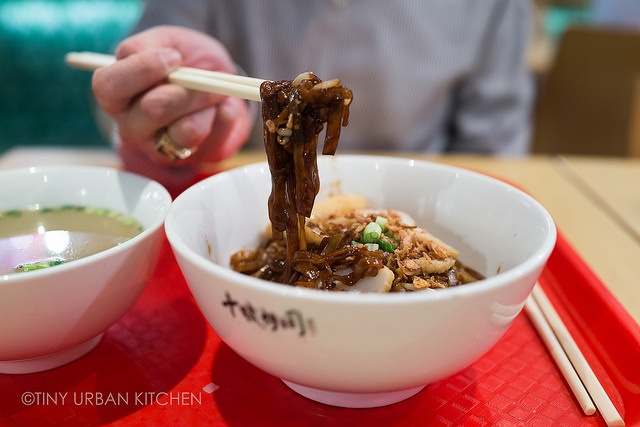
The noodles were nice, though a bit on the heavy side. I sort of wished I had ordered the fish ball noodle soup instead. My guess is that its lighter broth would have allowed me to enjoy the subtle flavors of the fish cake a bit more.
Nevertheless, we still enjoyed our dry noodles and slurped them up in no time. I also had my little bowl of fish ball soup, which was fantastic.
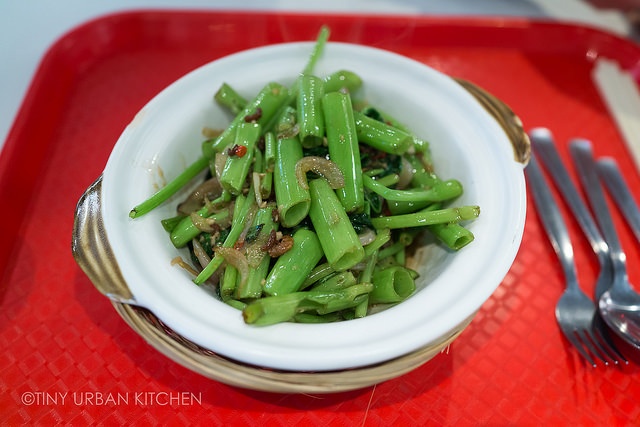
After sampling so many dishes, we were getting a bit full, though still feeling a bit unbalanced. Bryan finally figured out that we had not eaten any leafy greens. Unfortunately, I cannot remember which stall we went to, but we just found a random one that seemed to be stir frying Chinese watercress (hollow heart vegetable), something you see all throughout Malaysia.
This particular version was not your typical "balacan" style (stir fried with fermented shrimp paste). Instead, it had similar levels of umami, but was much less "stinky". I have no idea how they made it, but it was absolutely fantastic.
I was a bit worried that the large hollow stems = tough greens, but it wasn't true at all. These thick stems of Chinese watercress were surprisingly tender and crisp. It was one of the best Chinese watercress dishes I had in Malaysia.
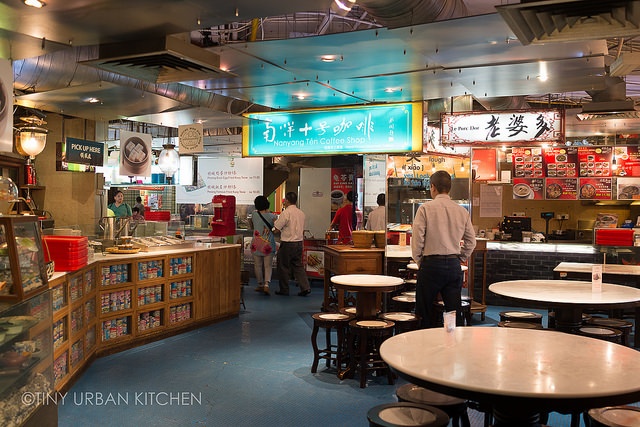
We were full. If we had room for dessert, there would have been many options, like Durian Lagenda for all sorts of durian pastries, Nanyang Ten Coffee Shop for coffee and toast, and Oriental Dessert and Ice Room for shaved ice goodness!
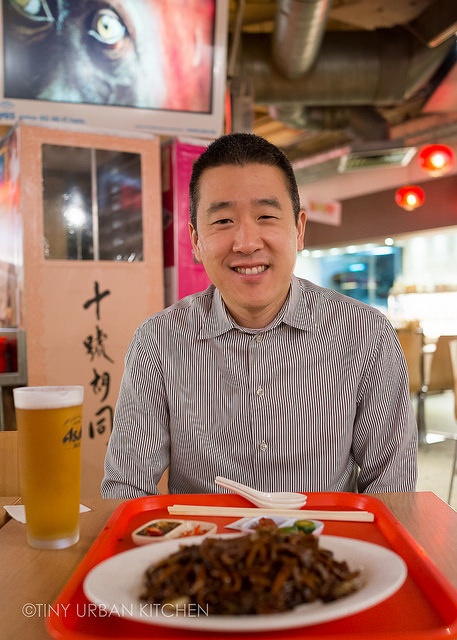
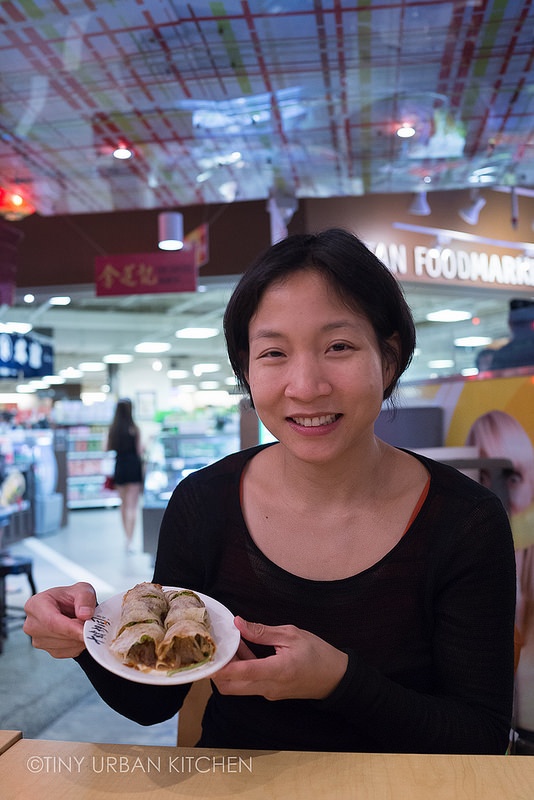
There are over thirty vendors at Lot 10 Hutongs serving a variety of local Malaysian favorites - Hainanese chicken rice, porridge, various noodle soups, fried chicken, and much, much more. You could spend days here and still not sample everything.
All shops in Lot 10 Hutong are required to have a history of at least 40 years and to be an instantly recognizeable brand. As a result, you will be sampling a large slice of Malaysia's deep and rich food history.
We were glad to have the convenience and accessibility of this place, especially considering Bryan's time was tight since he was here on business. I would highly recommend coming here, maybe even multiple times. After all, with most dishes only costing about $3-$4 USD, you can really have a feast several times over before you even feel any sort of dent in your pocket.
Lot 10 Hutong
50, Jalan Sultan Ismail
Bukit Bintang 50250
Kuala Lumpur
{Google Maps}
All Rights Reserved








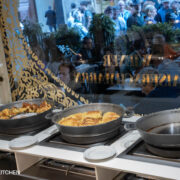
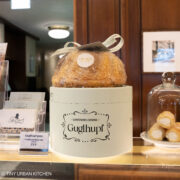
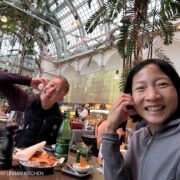
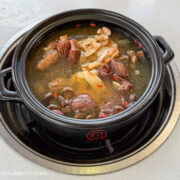

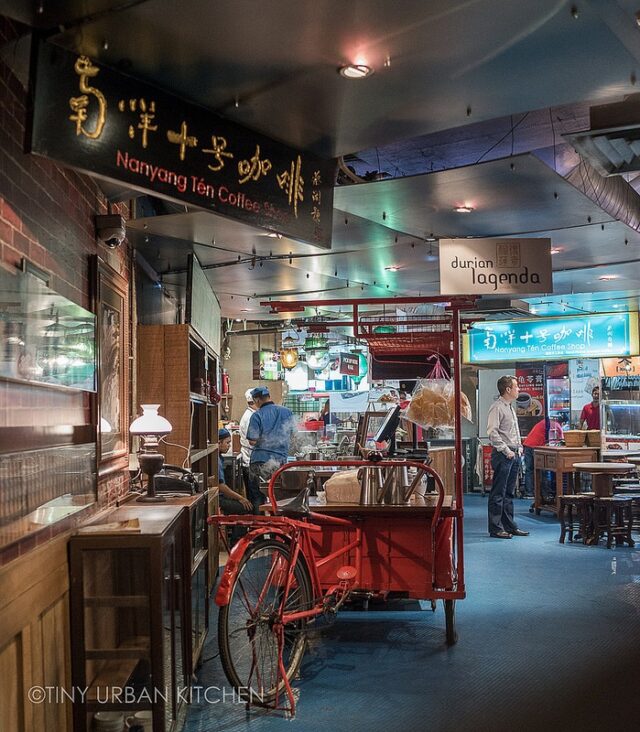
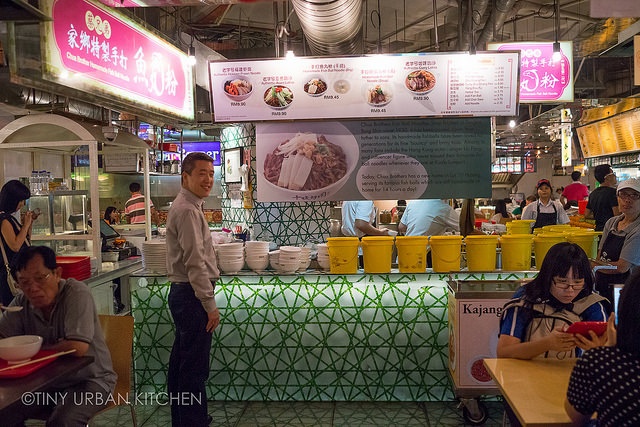

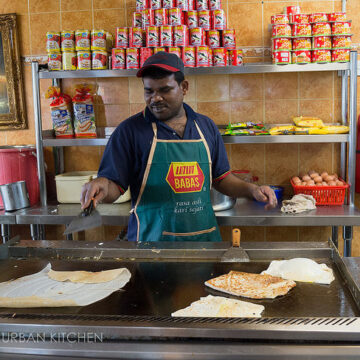
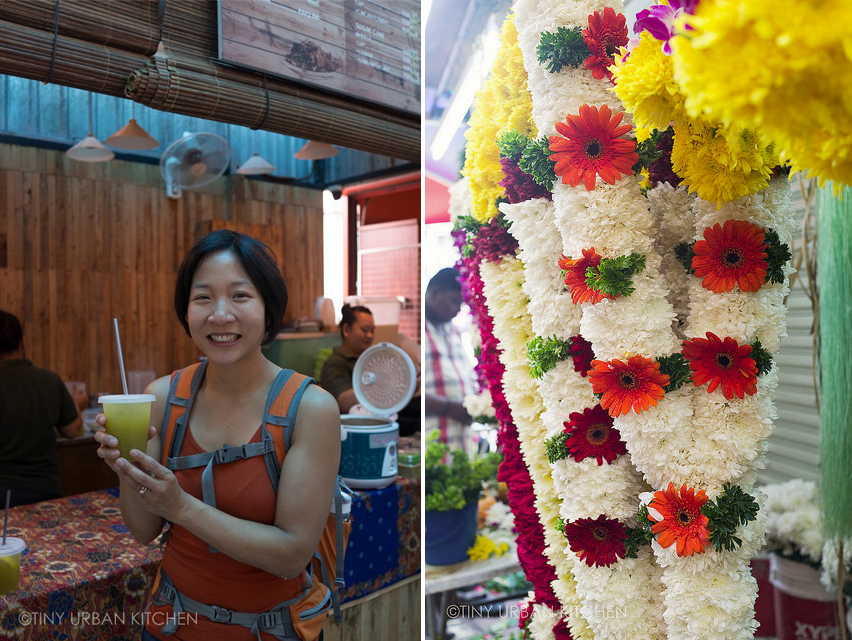
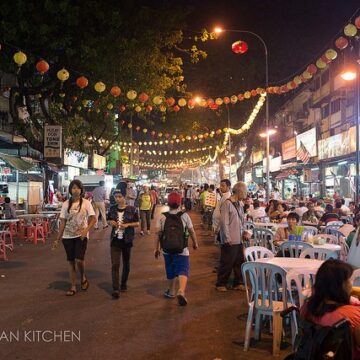
[…] podemos optar por otra de las culturas que conforman el mapa culinario de Malasia. Las sopas de los restaurantes chinos, a base de pescados, pollo, cerdo, acompañadas de verduras pueden ser una gran […]